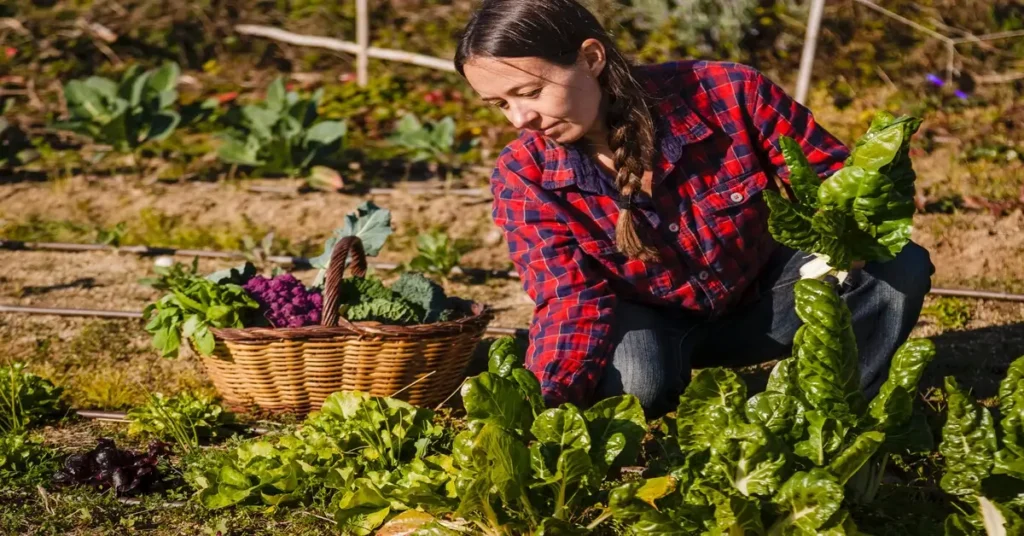Brief Introduction to Sustainable Gardening
Welcome to the world of sustainable gardening—where we beautify our surroundings and take responsibility for the planet. Sustainable gardening is not just a buzzword; it’s a commitment to a lifestyle that values and respects Earth’s natural resources. In this guide, we’ll explore how you can turn your garden into a sustainable haven, reaping benefits beyond aesthetics.
Importance of Sustainable Practices
Why should you care about sustainable gardening? Well, it’s simple. Our planet faces numerous environmental challenges, from climate change to resource depletion. By adopting sustainable practices in your garden, you’re contributing to a more significant cause—a healthier, more balanced ecosystem. Plus, you’ll find that sustainable gardening techniques often lead to healthier plants, richer soil, and a more vibrant garden.
What This Guide Covers
This comprehensive guide is designed to be your go-to resource for sustainable gardening. Whether you’re a seasoned gardener looking to make your practices more eco-friendly or just starting and want to begin on the right foot, this guide has something for everyone. We’ll cover:
- The benefits of sustainable gardening
- How to get started with planning and soil preparation
- Water conservation techniques
- Organic gardening practices
- Advanced sustainable techniques
- The role of technology in sustainable gardening
- Community resources and educational tools
So, grab your gardening gloves and a sense of adventure, and let’s dig into sustainable gardening!
Why Sustainable Gardening?
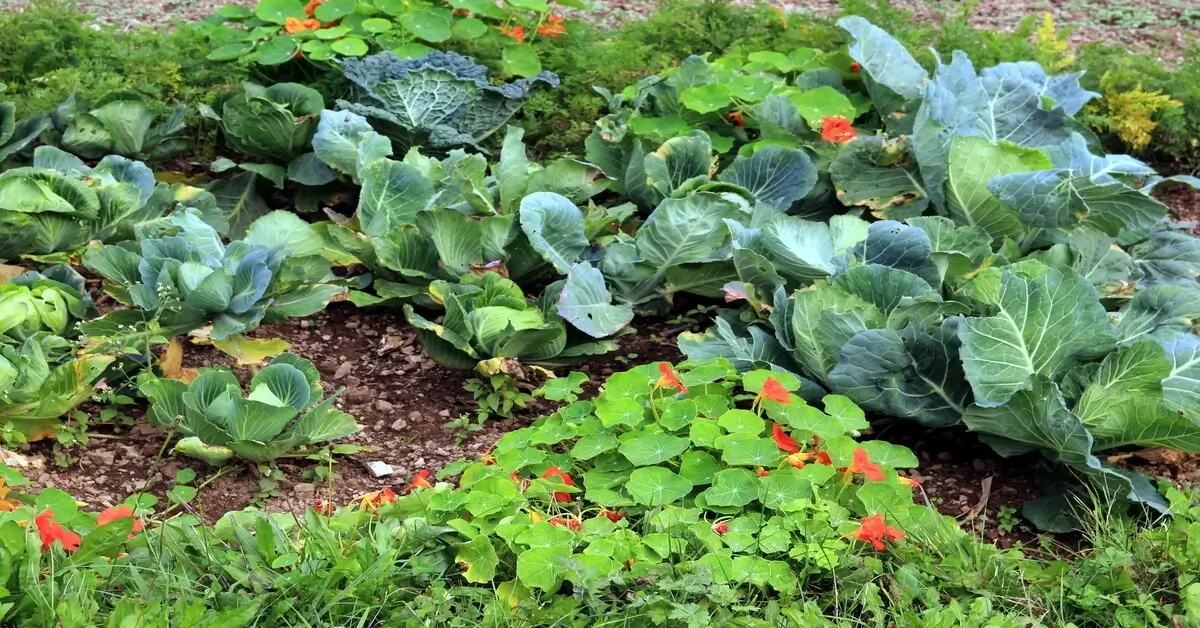
Environmental Benefits
Reduced Water Usage
One of the most significant advantages of sustainable gardening is water conservation. Traditional gardening methods often waste a lot of water. Still, sustainable practices like drip irrigation and rainwater harvesting can drastically reduce your garden’s water consumption.
Lower Carbon Footprint
Sustainable gardening helps in reducing your carbon footprint. By avoiding synthetic fertilizers and pesticides, you’re making your garden safer and reducing the energy-intensive manufacturing processes associated with these products.
Encourages Biodiversity
A sustainable garden is a haven for biodiversity. By planting various native plants, you provide a habitat for local wildlife, from beneficial insects to birds and small mammals.
Health Benefits
Chemical-Free Produce
Suppose you’re growing your fruits and vegetables. In that case, sustainable gardening ensures your food is free from harmful pesticides and fertilizers. This is good for you, the soil, and the local water supply.
Physical Exercise
Gardening is an excellent form of exercise that involves various physical activities, including digging, planting, weeding, and other repetitive tasks that require strength or stretching.
Mental Well-being
The act of gardening can be incredibly therapeutic. Spending time outdoors, connecting with the Earth, and the satisfaction of growing your food can significantly improve your mental health.
Economic Benefits
Lower Water Bills
Water conservation techniques in sustainable gardening can significantly reduce your water bills. Over time, these savings can be substantial.
Reduced Need for Synthetic Fertilizers and Pesticides
You can save money on expensive synthetic fertilizers and pesticides by adopting organic gardening practices.
Increased Property Value
A well-maintained sustainable garden can add to your property’s aesthetic and monetary value. It’s an investment that benefits the planet and pays off in the long run.
Getting Started
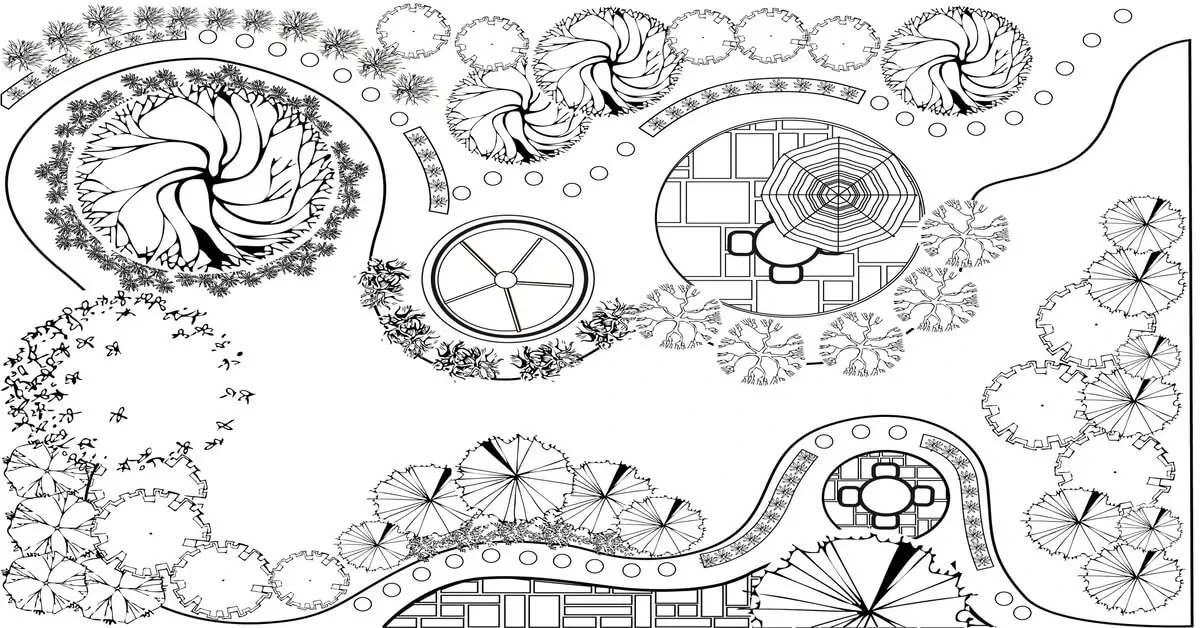
Planning Your Garden
Assessing Your Space
Before you start planting, take some time to assess your available space. Whether you have a sprawling backyard or a small balcony, understanding your area’s dimensions, sunlight exposure, and soil type is crucial for successful sustainable gardening.
Choosing the Right Plants for Your Climate
Choosing plants well-suited to your local climate is the key to a thriving garden. Native plants are usually the best choice, as they are adapted to local conditions and require less maintenance.
Garden Layout Planning
A well-planned garden layout can make all the difference in sustainability. Consider implementing raised beds to improve drainage or use companion planting techniques to maximize space and reduce pests naturally.
Soil Testing
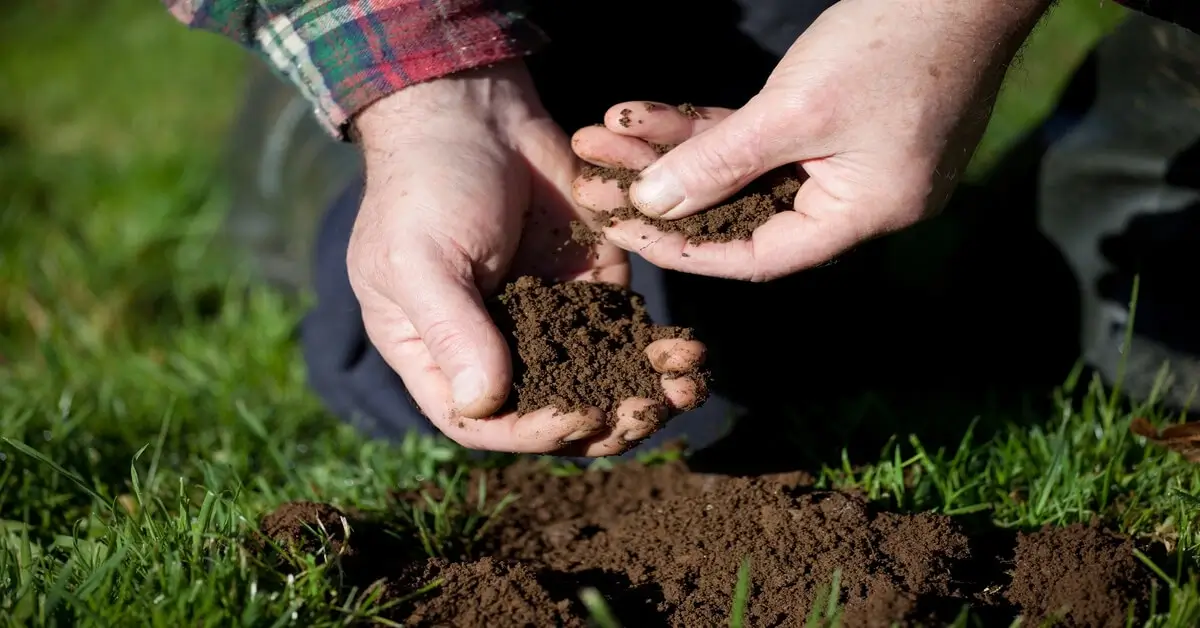
Importance of Soil Testing
Healthy soil is the foundation of any successful garden. A soil test can provide valuable information about its pH level, nutrient content, and potential contaminants.
How to Test Your Soil at Home
Soil testing kits are readily available and easy to use. Collect soil samples from different parts of your garden and follow the kit’s instructions. Some local agricultural extensions also offer soil testing services.
Interpreting Soil Test Results
Once you have your soil test results, you can tailor your gardening practices accordingly. For instance, if your soil is too acidic, you might need to add lime; if it lacks nutrients, organic compost can help.
Choosing the Right Plants
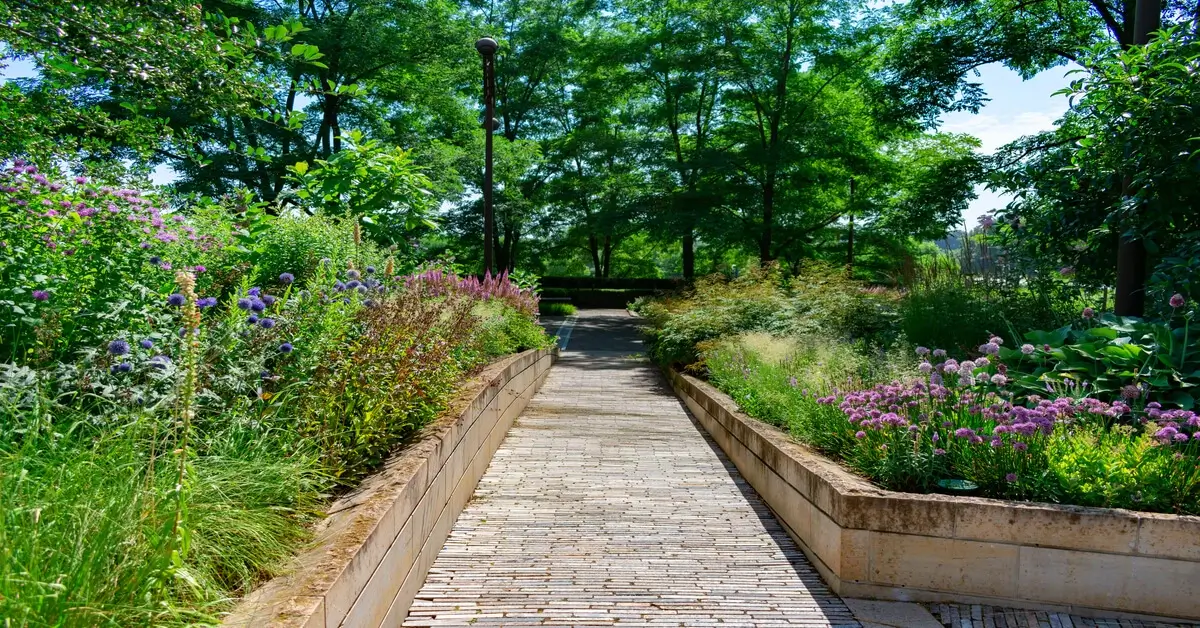
Native Plants
Native plants are adapted to your local ecosystem and are generally easier to care for than exotic species. They also provide habitat for local wildlife.
Drought-Resistant Varieties
If you live in an area with water scarcity, consider planting drought-resistant varieties. These plants require less water and are generally more resilient.
Edible Plants for Kitchen Gardens
Consider planting a kitchen garden with herbs, vegetables, and fruits to grow your food. Not only does this save money, but it also ensures access to organic, chemical-free produce.
Water Conservation
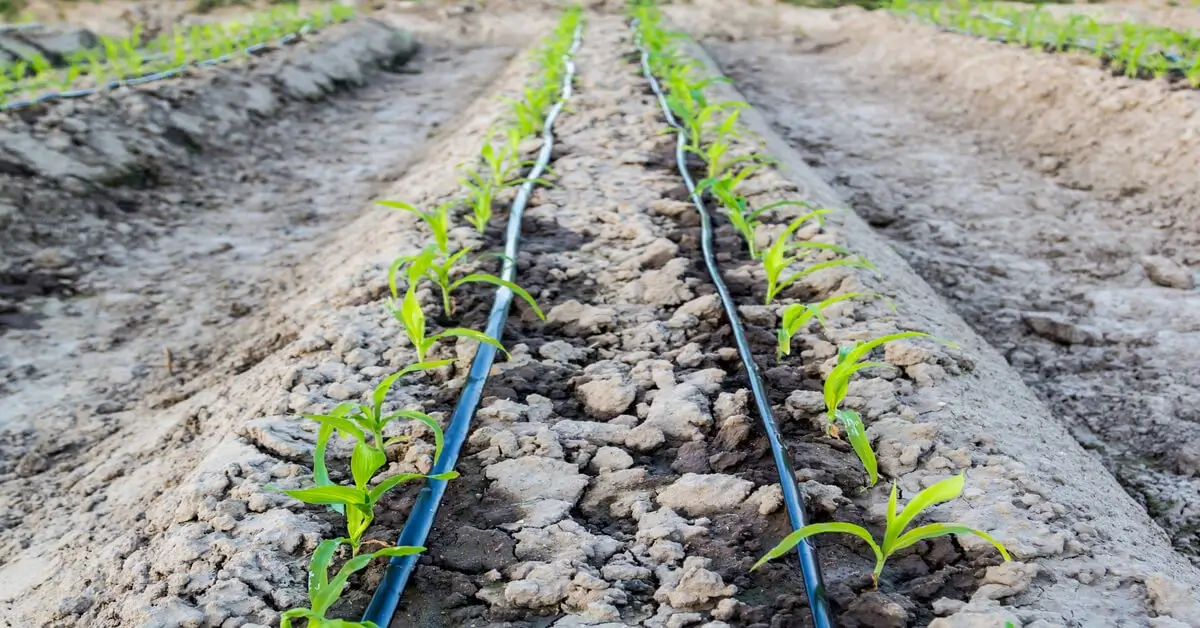
Drip Irrigation
Benefits of Drip Irrigation
Drip irrigation is a water-efficient method that delivers water directly to the plant’s roots. This minimizes water loss due to evaporation and runoff, making it an excellent choice for sustainable gardens.
How to Set Up a Drip Irrigation System
Setting up a drip irrigation system is relatively straightforward. You’ll need a water source, tubing, emitters (drippers), and stakes to hold the tubing in place. The system can be automated with a timer for even more convenience.
Maintenance Tips
Regularly check for clogs and leaks to ensure your drip irrigation system functions optimally. Cleaning the emitters and replacing worn-out parts can prolong the system’s lifespan.
Rain Barrels
How to Install a Rain Barrel
Rain barrels collect and store rainwater, which can then be used for watering your garden. You’ll need to divert a downspout from your gutter system into the barrel to install one. Make sure to use a mesh screen to filter out debris.
Benefits of Using Rainwater
Rainwater is generally softer and chlorine-free, making it better for plants. It’s also an excellent way to reduce your water bill.
Legal Considerations
Before installing a rain barrel, check local regulations. Some areas have restrictions on rainwater harvesting.
Proper Mulching
Types of Mulch
Organic mulches like straw, wood chips, or leaves are excellent for water conservation. They help retain soil moisture and break down over time, enriching the soil.
Benefits of Mulching
Mulching conserves water, suppresses weeds, reduces soil erosion, and improves soil structure.
How to Mulch Correctly
Apply a 2-4 inch layer of mulch around your plants, avoiding direct contact with the stems. This allows water to penetrate while preventing weed growth.
Organic Gardening Practices
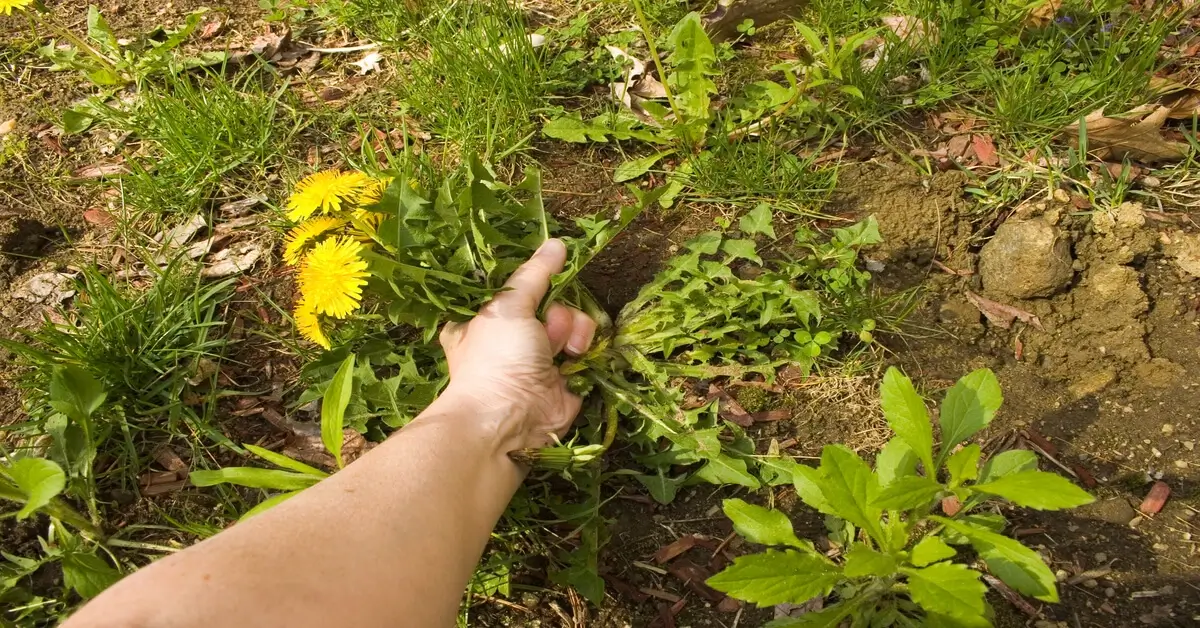
Organic Fertilizers
Types of Organic Fertilizers
Organic fertilizers come from natural sources and are free from synthetic chemicals. Examples include compost, manure, bone meal, and fish emulsion.
Benefits of Organic Fertilizers
Organic fertilizers improve soil structure, increase water retention, and provide essential nutrients to plants. They are also less likely to cause nutrient imbalances compared to synthetic fertilizers.
How to Apply Organic Fertilizers
Follow the manufacturer’s guidelines for application rates and timing. Generally, it’s best to apply organic fertilizers in the spring and fall when plants are actively growing.
Organic Pest Control
Natural Pesticides
Several natural pesticides like neem oil, garlic spray, and insecticidal soap can effectively control pests without harming beneficial insects or the environment.
Companion planting involves growing certain plants together to deter pests naturally. For example, planting marigolds near tomatoes can help keep aphids away.
Introducing Beneficial Insects
Certain insects like ladybugs and lacewings are natural predators of garden pests. Introducing these beneficial insects can help maintain a balanced ecosystem in your garden.
Organic Weed Control
Mulching
As mentioned earlier, mulching is an effective way to suppress weeds. Organic mulches like straw or wood chips are excellent choices for weed control.
Hand-Pulling
Sometimes, the most straightforward methods are the most effective. Hand-pulling weeds as they appear can be a very effective way to keep your garden weed-free.
Vinegar Spray
A diluted vinegar spray can act as an organic herbicide, killing weeds without harming your plants or the soil. However, be cautious when applying, as vinegar is non-selective and can harm desirable plants if not used carefully.
Advanced Sustainable Techniques
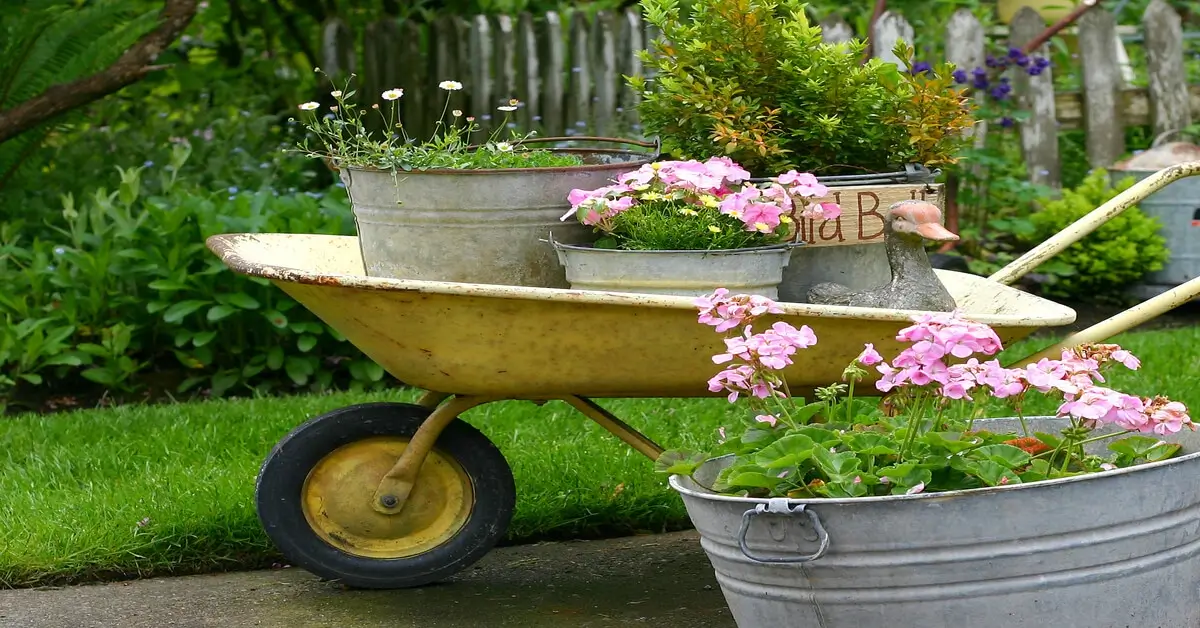
Permaculture Principles
What is Permaculture?
Permaculture is a design system that mimics natural ecosystems to create sustainable and self-sufficient gardens.
Benefits of Permaculture
Implementing permaculture principles can lead to a more resilient and productive garden that requires less maintenance and inputs over time.
How to Start with Permaculture
Begin by observing natural patterns in your garden and try to replicate them. Use techniques like swales for water conservation and plant guilds for companion planting.
Aquaponics and Hydroponics
Aquaponics
This is a system that combines aquaculture (raising fish) with hydroponics (growing plants in water). The fish waste provides nutrients for the plants, and the plants help filter and clean the water.
Hydroponics
Hydroponics involves growing plants in nutrient-rich water rather than soil. It’s a water-efficient method but requires careful monitoring of nutrient levels.
Pros and Cons
While these systems can be more water-efficient, they can also be complex and expensive to set up. However, they can yield high-quality produce in a small space once established.
Vertical and Container Gardening
Vertical Gardening
Gardening vertically allows you to grow more in less space by utilizing vertical structures like trellises or wall-mounted planters.
Container Gardening
Container gardening can be a great option if you have limited ground space. Just choose containers large enough for your plants and have proper drainage.
Benefits of Vertical and Container Gardening
These methods benefit urban gardeners with limited space but still want to grow their own food.
Conclusion and Resources
Conclusion
Sustainable gardening is more than just a trend; it’s a responsible approach to cultivating your piece of the Earth. By implementing the techniques and practices outlined in this guide, you can enjoy a thriving garden that’s beautiful and ecologically sound.
Recommended Resources
Books
- “The New Organic Grower” by Eliot Coleman
- “Gaia’s Garden” by Toby Hemenway
- “The Vegetable Gardener’s Bible” by Edward C. Smith
Websites
- Your Local Agricultural Extension
- Permaculture Research Institute
- GIY Plants – Your Guide to Sustainable Gardening
Apps
- Gardenize
- My Garden
- SmartPlant
Final Thoughts
Whether you’re a seasoned gardener or just getting started, sustainable gardening offers a rewarding experience that benefits you and the planet.

